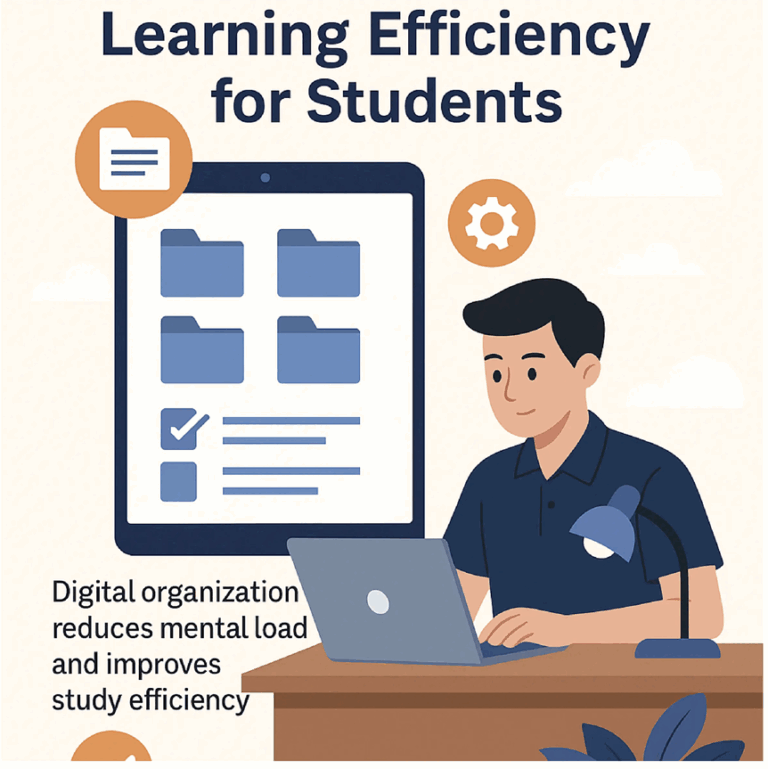Crafting a well-written essay involves more than just putting thoughts on paper. The real magic happens during the editing and proofreading, where rough drafts transform into polished pieces. Editing and proofreading represent two distinct yet complementary processes. Editing focuses on improving the overall structure, flow, and content of your writing. It involves reorganizing paragraphs, strengthening arguments, and enhancing clarity. Conversely, proofreading addresses surface-level errors such as grammar, punctuation, spelling, and formatting. Both processes are essential for producing high-quality essays.
Starting with structural edits
Begin your editing process by evaluating the essay’s structure. Does your introduction clearly state your thesis? Do body paragraphs support this thesis with evidence? Is your conclusion effective? Consider reading your essay backwards, paragraph by paragraph, to focus on how each section functions independently before examining how they work together.
- Check paragraph transitions for smooth flow
- Ensure each paragraph contains a clear topic sentence
- Verify that supporting evidence directly relates to the main points
- Confirm that your conclusion synthesizes rather than repeats
Refining your language and style
After addressing structural concerns, focus on language precision. Replace vague terms with specific ones. Eliminate unnecessary words and phrases that dilute your message. Vary sentence structures to create rhythm and maintain reader interest. Active voice generally creates more assertive, more direct statements than passive voice.
Creating your proofreading checklist
Develop a systematic approach to proofreading by creating a personalized checklist based on your common errors:
- Spelling and typos (especially commonly confused words)
- Punctuation (comma usage, apostrophes, quotation marks)
- Subject-verb agreement
- Consistent tense usage
- Proper formatting of citations
- Adherence to style guidelines (MLA, APA, Chicago, etc.)
Working with the best essay writing service online can supplement your proofreading efforts, as professional proof-readers are trained to spot errors that even careful writers might overlook. Their expertise in various style guides ensures technical accuracy in your final draft.
Utilizing technology effectively
Modern technology offers valuable tools for editing and proofreading. Grammar-checking software can identify basic errors, while more sophisticated programs analyze readability, sentence structure, and style issues. However, these tools should be aids rather than replacements for human judgment. Technology may miss contextual errors or misinterpret stylistic choices.
Taking breaks between editing sessions
The most underappreciated editing strategy is simply stepping away from your work. Time creates distance, allowing you to return with fresh eyes. Schedule your writing process to include breaks, ideally hours or days, between drafting and editing and between editing and final proofreading.
Reading aloud as a revision technique
Reading your essay aloud engages different cognitive processes than silent reading. You’ll notice awkward phrasing, run-on sentences, and rhythm problems that might otherwise escape detection. This technique is particularly effective for identifying tone inconsistencies and ensuring your writing flows naturally.
Proper spacing, margins, font choices, page numbers, and headers/footers contribute to a professional presentation. These details matter, demonstrating attention to detail and respect for readers and instructors. Mastering these editing and proofreading strategies transforms good essays into exceptional ones. As you implement these strategies into your writing routine, you will develop stronger communication skills that extend beyond academic essays into professional and personal contexts.







